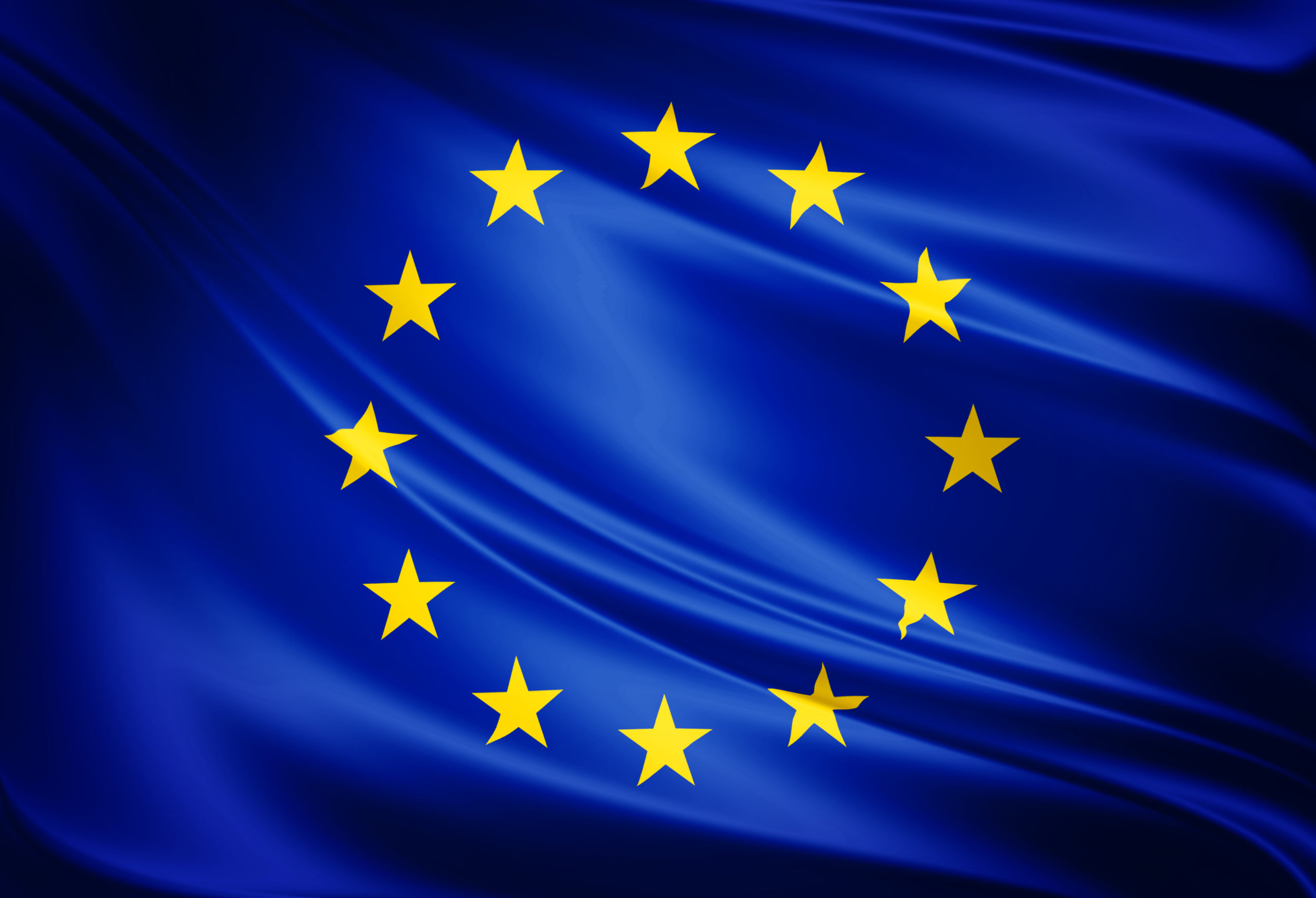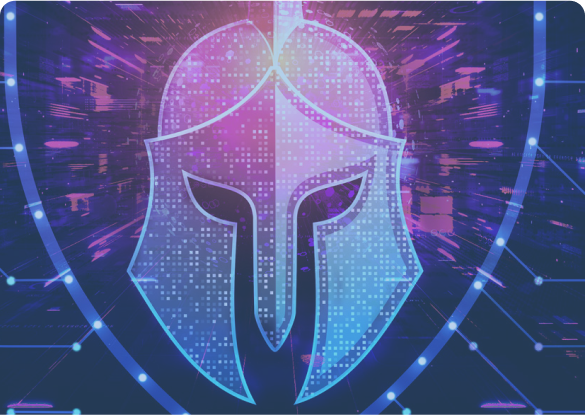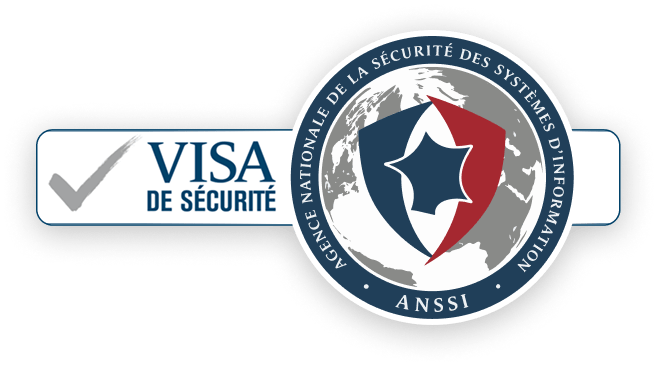Latest articles
-
 SecurityAugust 28, 20244min
SecurityAugust 28, 20244minBCP vs DRP: Understanding the Difference Between a Business Continuity Plan and a Disaster Recovery Plan
-
 RegulationJuly 24, 20244min
RegulationJuly 24, 20244minExtension of the FISA Law: How to Protect Our Data and Digital Sovereignty?
-
 ProductivityJuly 23, 20243min
ProductivityJuly 23, 20243minMBDA adopts Oodrive Sign for electronic signatures of its documents
-
 RegulationJuly 23, 20244min
RegulationJuly 23, 20244minThe European Digital Identity Wallet Project (eIDAS 2)
-
 SecurityJuly 23, 20245min
SecurityJuly 23, 20245minEUCS: Towards a European Cloud Security Standard aligned with SecNumCloud
-
 SecurityJuly 23, 20244min
SecurityJuly 23, 20244minWhat is the principle of Security-by-Design?
-
 NewsJuly 23, 20247min
NewsJuly 23, 20247minCloud Computing: Key Trends to Anticipate in 2024
-
 SecurityJuly 23, 20247min
SecurityJuly 23, 20247minData Security: Definition and Challenges
-
 ProductivityFebruary 8, 20242min
ProductivityFebruary 8, 20242minIs the scanned signature legally valid ?
-
 ProductivityNovember 9, 20233min
ProductivityNovember 9, 20233minHow does the electronic signature increase productivity?
-
 RegulationNovember 9, 20234min
RegulationNovember 9, 20234minElectronic invoicing: what are the requirements for companies?
-
 InnovationNovember 8, 20233min
InnovationNovember 8, 20233minInterview with ChatGPT about data security.
-
 ProductivityNovember 8, 20237min
ProductivityNovember 8, 20237minPrivate cloud, public cloud, hybrid cloud, and multicloud: what are the differences between them?
Oodrive Suite Qualifies for SecNumCloud Version 3.2!
Oodrive has achieved SecNumCloud Level 3.2 certification for its French collaborative suite.
Learn more
Would you like more information?
Contact us to discover how to collaborate online on strategic documents, without compromising on the security and sovereignty of your data.

Solutions by industry
Solutions by department
© Oodrive 2025 - All rights reserved
This site is registered on wpml.org as a development site. Switch to a production site key to remove this banner.
